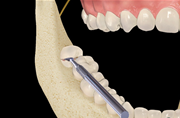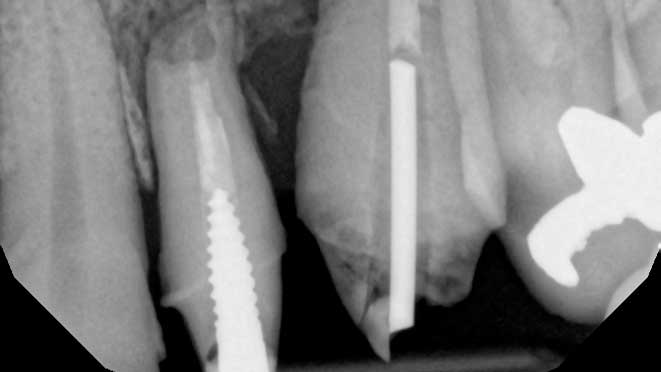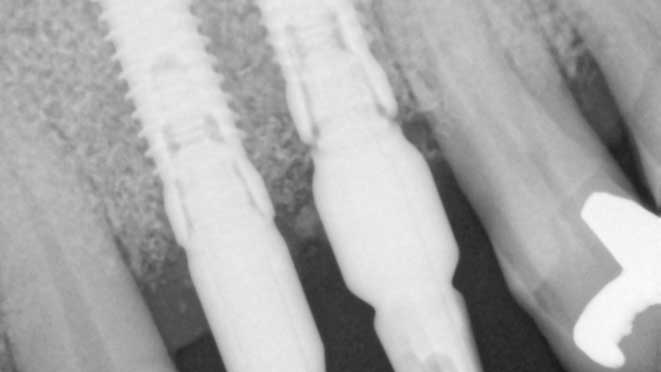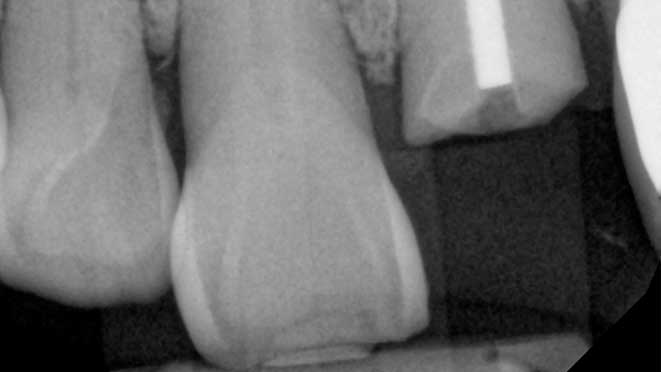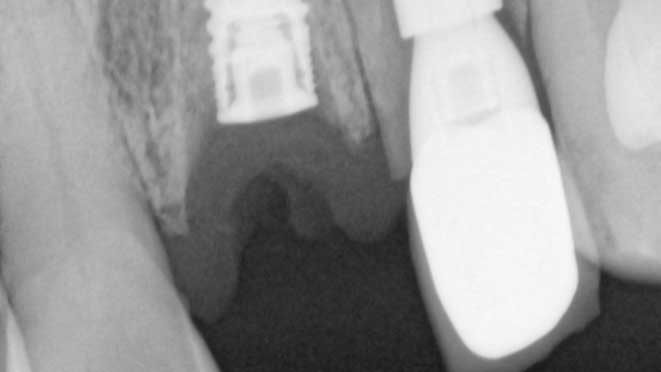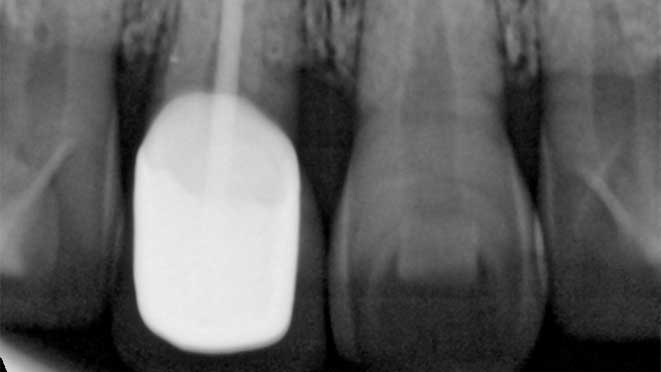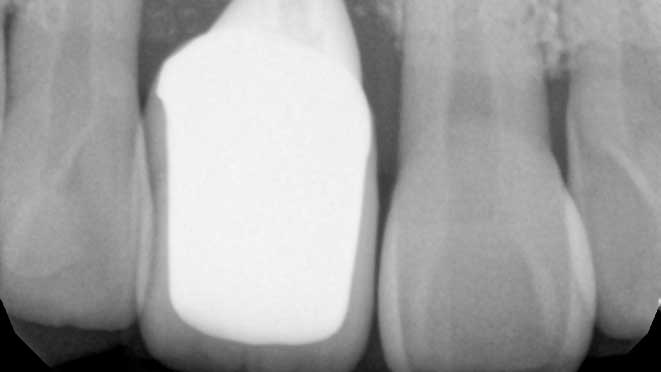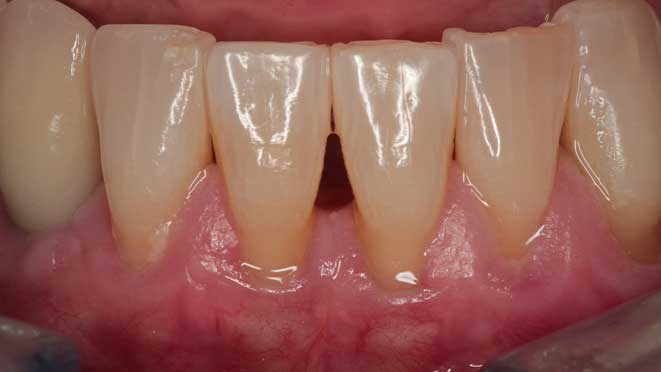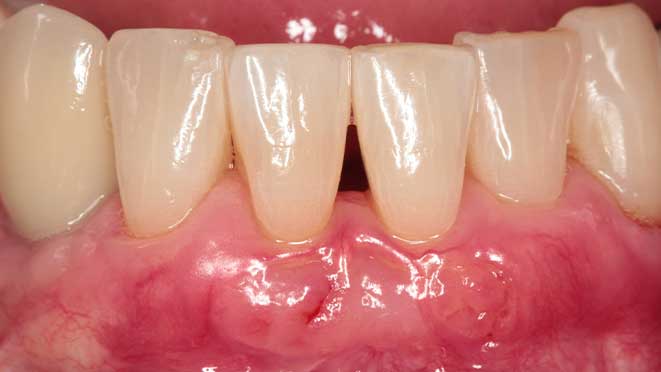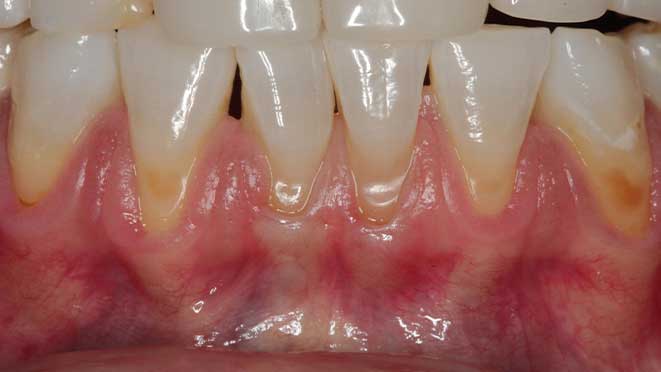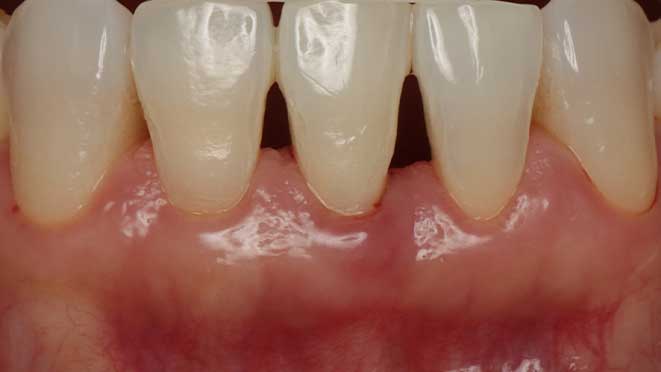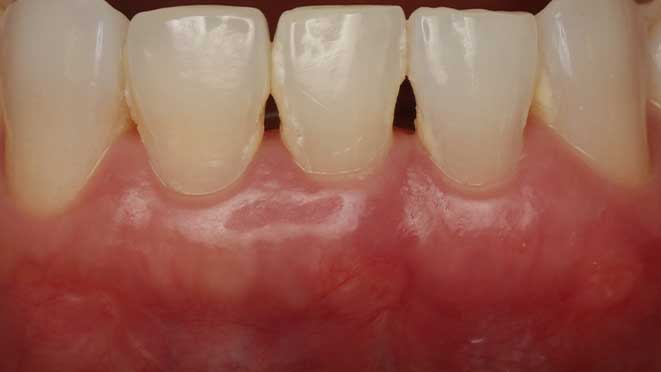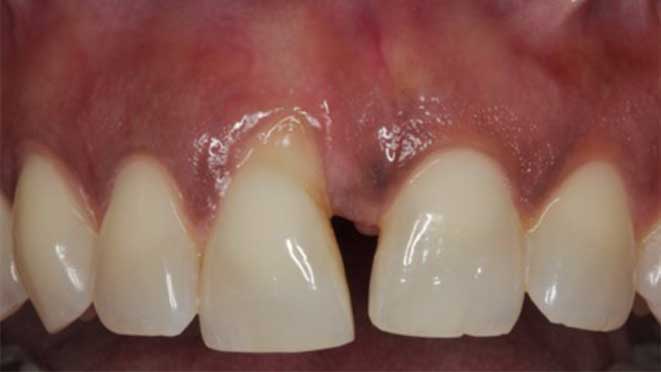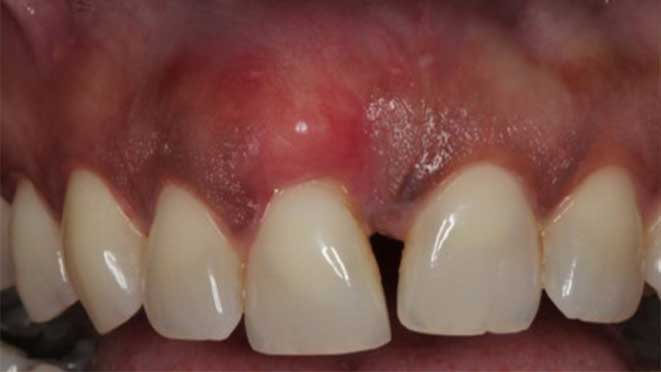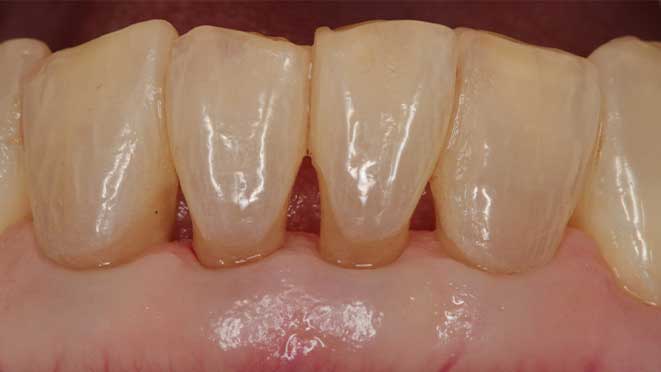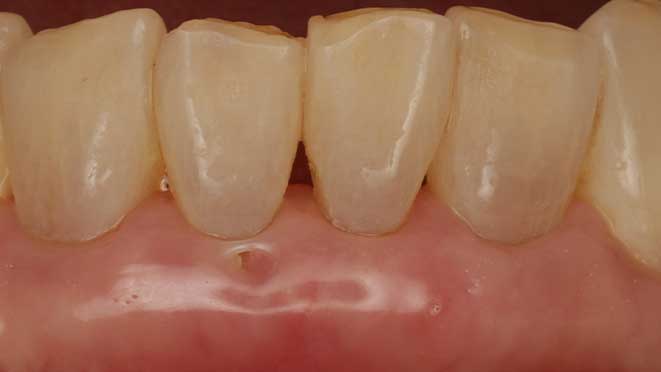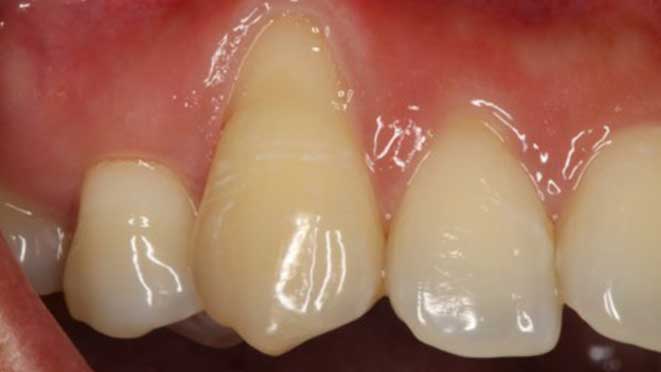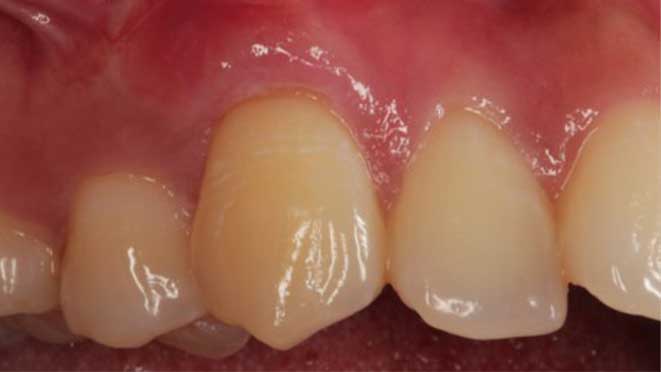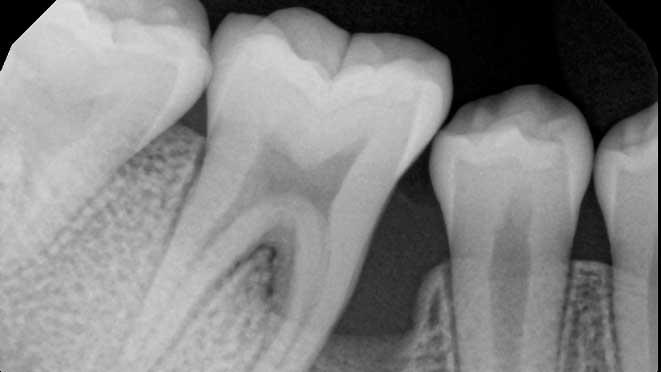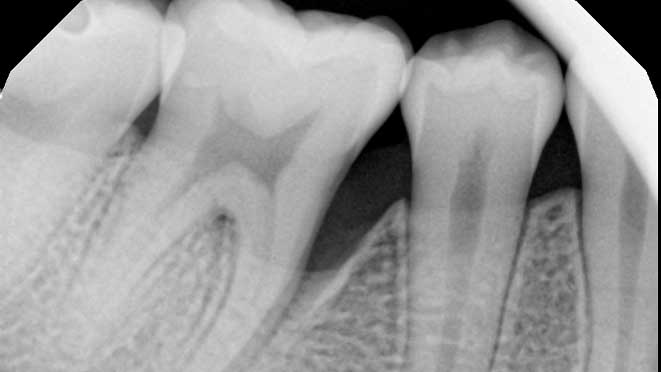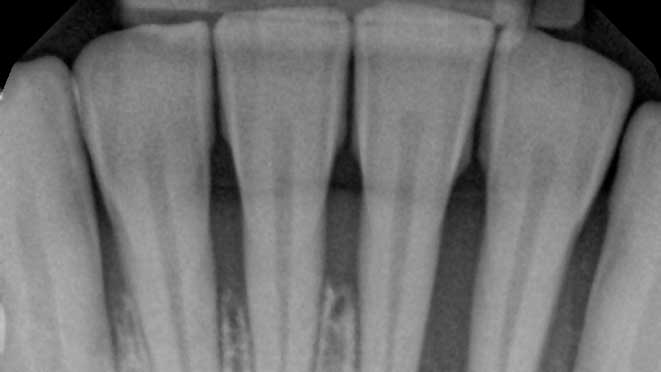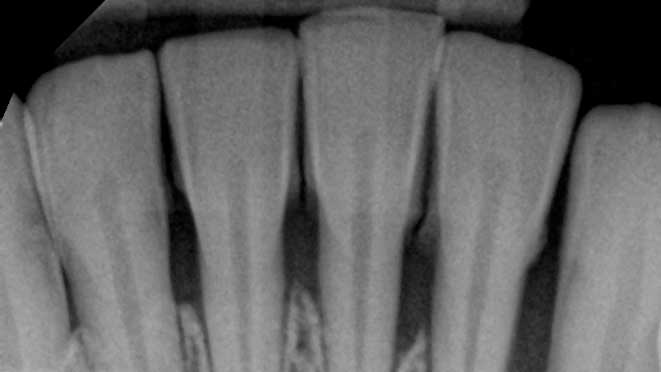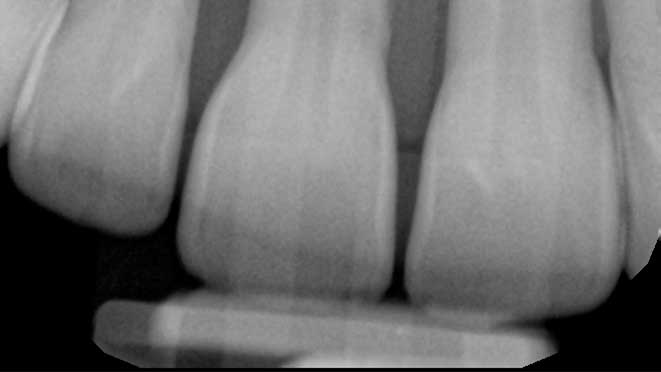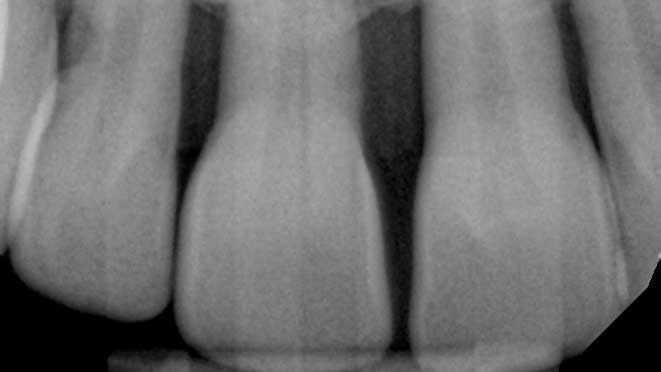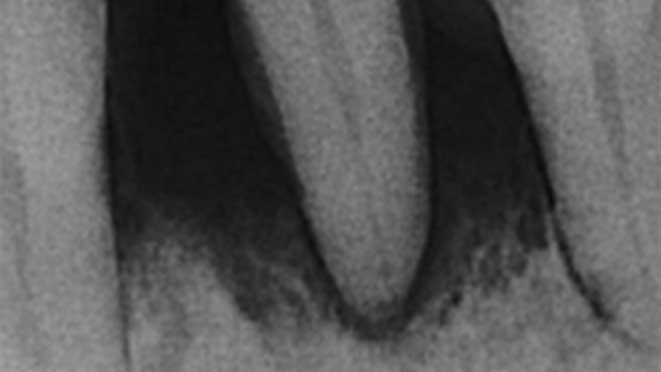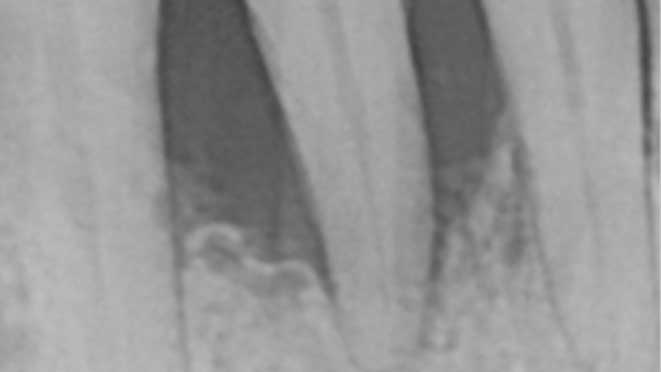Reasons for Dental Extractions
Several factors can lead to the need for dental extractions. First, severe decay or infection in a tooth can result in damage beyond repair. Tooth decay, when left unattended, can lead to discomfort, swelling, and pain. Second, fractures in a tooth may require extraction if the damage is extensive. Third, a tooth may be unsuitable for root canal therapy (Endodontics) which may make extraction an option. Fourth, some people undergo dental extractions for cosmetic purposes, such as the removal of crowded teeth or impacted wisdom teeth. Fifth, Impacted teeth may require extraction if they are blocking other teeth from growing normally. Lastly, pre-orthodontic treatment may require dental extraction.
Procedure for Dental Extractions
The first step in any dental extraction process involves placing anesthesia to numb the area. This is done to reduce pain and discomfort during the extraction procedure. After this, the dentist uses specialized tools to gently ease the tooth out of its socket with the least possible damage to the surrounding tissue. Once the tooth is removed, the dentist provides post-operative care instructions and medication to reduce swelling and pain.
Alternatives to Dental Extractions
There are several alternatives to dental extractions such as root canal therapy, dental crowns, dental bonding, braces or aligners. Root canal therapy is a procedure where the dentist removes infected or inflamed pulp from the tooth and replaces it with a filling. Dental crowns involve placing a crown on top of the natural tooth to protect it from further damage. Dental bonding uses a material that blends with the natural tooth to restore its appearance. Lastly, orthodontic options like braces and aligners work to shift teeth into their proper place.
Conclusion:
Dental extractions should be the last resort when absolutely necessary. If you're unsure whether or not you need an extraction, it's best to speak with your dentist to explore other alternatives. By being aware of the different types of dental extractions, their reasons and procedure, as well as the alternatives, you can make more informed decisions about your oral health.

